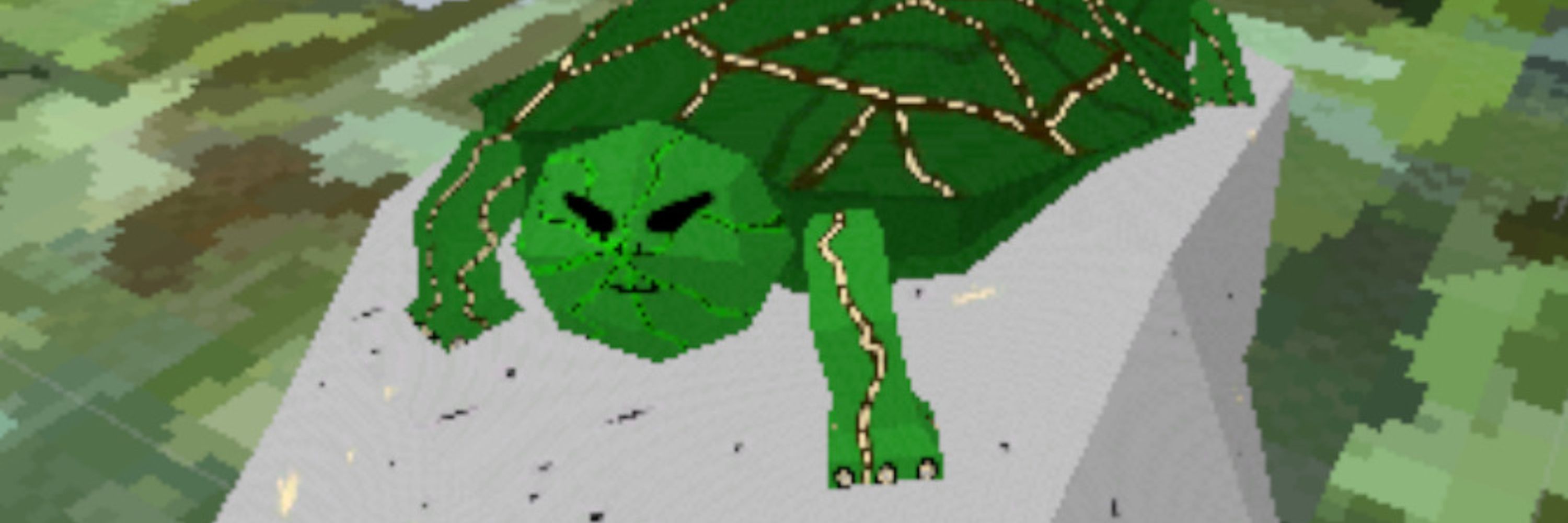
www.youtube.com/watch?v=kArN...

www.youtube.com/watch?v=kArN...
Pudding Yeet
You live in the quiet town of Cloverbee with your friend, Squishy. But, is everything really so dandy? Unravel the unsettling mystery of Pudding Yeet!




Pudding Yeet
You live in the quiet town of Cloverbee with your friend, Squishy. But, is everything really so dandy? Unravel the unsettling mystery of Pudding Yeet!




Pudding Yeet
You live in the quiet town of Cloverbee with your friend, Squishy. But, is everything really so dandy? Unravel the unsettling mystery of Pudding Yeet!


Planning your game’s code is great, but trying to perfect it early on can be bad.
Bugs and design flaws are a natural part of development! Instead of perfecting one feature, try getting multiple systems working at once. Then, polish them so they harmonize!
Planning your game’s code is great, but trying to perfect it early on can be bad.
Bugs and design flaws are a natural part of development! Instead of perfecting one feature, try getting multiple systems working at once. Then, polish them so they harmonize!
Match statements! They’re awesome, and really easy to make bugs with! Here’s one example.
match this_is_an_enum: -> if this is your expression…
not_an_enum: -> make sure patterns are the right type. Godot won’t throw an error if you don’t!

Match statements! They’re awesome, and really easy to make bugs with! Here’s one example.
match this_is_an_enum: -> if this is your expression…
not_an_enum: -> make sure patterns are the right type. Godot won’t throw an error if you don’t!
Want to scroll a Scroll Container when one of its ui elements is focused? Godot makes it so easy!
1.) In your UI script, declare an @export for the scroll container, and assign it in the inspector (or assign it however you like).
Want to scroll a Scroll Container when one of its ui elements is focused? Godot makes it so easy!
1.) In your UI script, declare an @export for the scroll container, and assign it in the inspector (or assign it however you like).
get_owner() allows you to find the local root of a scene!
Use example:
-Player
—ArmorSlot
—-ChestPiece
——Necklace
——-Pendant
Node 5 (Pendant) wants to print the name of node 1 (Player). In node 5’s script, run:
print(“My owner is: “, get_owner())
get_owner() allows you to find the local root of a scene!
Use example:
-Player
—ArmorSlot
—-ChestPiece
——Necklace
——-Pendant
Node 5 (Pendant) wants to print the name of node 1 (Player). In node 5’s script, run:
print(“My owner is: “, get_owner())
Typewriter effect! Godot makes this classic effect so easy.
In a label node, look for the “Visible Characters” property. Set the value to 0 to hide your text, add to the value to reveal each character.
Voila!
Typewriter effect! Godot makes this classic effect so easy.
In a label node, look for the “Visible Characters” property. Set the value to 0 to hide your text, add to the value to reveal each character.
Voila!
Is Godot suddenly saying your scene is corrupt/invalid? Don’t panic!
Rename the scene file, go to project -> reload project, try opening it again.
If it opens, yay! Close its tab, change the scene name back, and reload one more time. Fixed!
Is Godot suddenly saying your scene is corrupt/invalid? Don’t panic!
Rename the scene file, go to project -> reload project, try opening it again.
If it opens, yay! Close its tab, change the scene name back, and reload one more time. Fixed!
GDScript is dynamic, it doesn’t always know what type your var is. To ensure autocomplete while typing:
# Declare it
var my_var:RigidBody3D
# Cast it
var new_var = my_var as RigidBody3D
# Check for it
if my_var is RigidBody3D:
# Do stuff
GDScript is dynamic, it doesn’t always know what type your var is. To ensure autocomplete while typing:
# Declare it
var my_var:RigidBody3D
# Cast it
var new_var = my_var as RigidBody3D
# Check for it
if my_var is RigidBody3D:
# Do stuff
When you instantiate something in GDScript, it won’t be added to the scene tree; it’s still in the void. Either do:
var inst = your_node.instantiate()
add_child(inst)
Or:
var inst = your_node.instantiate()
get_tree().root.add_child(inst)
When you instantiate something in GDScript, it won’t be added to the scene tree; it’s still in the void. Either do:
var inst = your_node.instantiate()
add_child(inst)
Or:
var inst = your_node.instantiate()
get_tree().root.add_child(inst)
When you instantiate something in GDScript, it won’t be added to the scene tree; it’s still in the void. Either do:
var inst = your_node.instantiate()
add_child(inst)
Or:
var inst = your_node.instantiate()
get_tree().root.add_child(inst)
When you instantiate something in GDScript, it won’t be added to the scene tree; it’s still in the void. Either do:
var inst = your_node.instantiate()
add_child(inst)
Or:
var inst = your_node.instantiate()
get_tree().root.add_child(inst)
Toggling a parent node’s visibility to false will hide its children visually. But, their visibility can still be set to true.
To see if a parent/ancestor is hiding a visible child, check:
child_node.is_visible_in_tree()
docs.godotengine.org/en/stable/cl...
Toggling a parent node’s visibility to false will hide its children visually. But, their visibility can still be set to true.
To see if a parent/ancestor is hiding a visible child, check:
child_node.is_visible_in_tree()
docs.godotengine.org/en/stable/cl...






